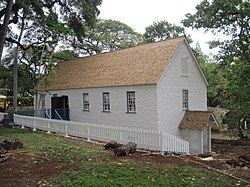
The island of Maui is the second-largest island of the state of Hawaii at 727.2 square miles (1,883 km2), and the 17th-largest island in the United States. Maui is the largest of Maui County's four islands, which also include Molokaʻi, Lānaʻi, and unpopulated Kahoʻolawe. In 2020, Maui had a population of 168,307, the third-highest of the Hawaiian Islands, behind Oʻahu and Hawaiʻi Island. Kahului is the largest census-designated place (CDP) on the island, with a population of 28,219 as of 2020, and the island's commercial and financial hub. Wailuku is the seat of Maui County and is the third-largest CDP as of 2010. Other significant populated areas include Kīhei, Lāhainā, and Upcountry Maui.
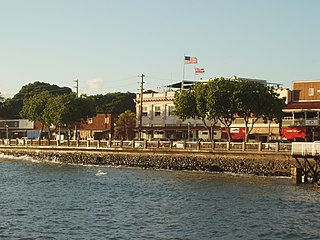
Lahaina is a census-designated place (CDP) in Maui County, Hawaii, United States. On the northwest coast of the island of Maui, it encompasses Lahaina town and the Kaanapali and Kapalua beach resorts. As of the 2020 census, Lahaina had a resident population of 12,702. The CDP spans the coast along Hawaii Route 30 from a tunnel at the south end, through Olowalu, and to the CDPs of Kaanapali and Napili-Honokowai to the north.

Kalanikauikaʻalaneo Kai Keōpūolani-Ahu-i-Kekai-Makuahine-a-Kama-Kalani-Kau-i-Kealaneo (1778–1823) was a queen consort of Hawaiʻi and the highest ranking wife of King Kamehameha I.
The South Maui Coastal Heritage Corridor is a recreation and tourism project of the Tri-Isle Resource Conservation and Development Council. The non-profit council partners with the Natural Resources Conservation Service of the United States Department of Agriculture. The project is managed by a committee chairperson in cooperation with the Hawaii Department of Land and Natural Resources, Division of Forestry and Wildlife, Na Ala Hele Trails and Access Program, U.S. Fish and Wildlife Service, University of Hawaii, Sea Grant Extension Service, and individuals from the community of Kihei. The project protects and provides public access to South Maui's 15 mile leeward coastline.

Samuel Mānaiakalani Kamakau was a Hawaiian historian and scholar. His work appeared in local newspapers and was later compiled into books, becoming an invaluable resource on the Hawaiian people, Hawaiian culture, and Hawaiian language while they were disappearing.

The island of Maui with a relatively central location has given it a pivotal role in the history of the Hawaiian Islands.
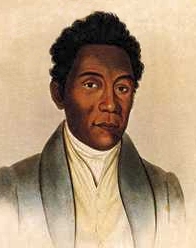
David Malo or Davida Malo (1795–1853) was a chiefly counselor, a Hawaiian intellectual, educator, politician and minister. He is remembered by subsequent generations of Hawaiian people and scholars primarily as a Native Hawaiian historian of the Kingdom of Hawaii. In 1852 he was ordained as a minister at Kēōkea, Maui.

Dwight Baldwin was an American Christian missionary and medical doctor on Maui, one of the Hawaiian Islands, during the Kingdom of Hawaii. He was patriarch of a family that founded some of the largest businesses in the islands.

Lorrin Andrews was an early American missionary to Hawaii and judge. He opened the first post-secondary school for Hawaiians called Lahainaluna Seminary, prepared a Hawaiian dictionary and several works on the literature and antiquities of the Hawaiians. His students published the first newspaper, and were involved in the first case of counterfeiting currency in Hawaii. He later served as a judge and became a member of Hawaii's first Supreme Court.
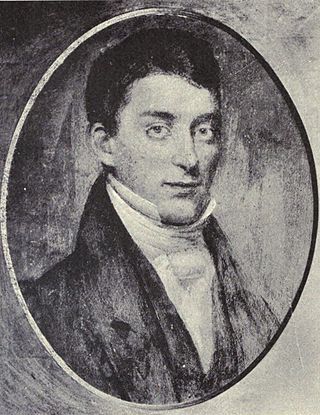
Sheldon Dibble was a missionary to Hawaii who organized one of the first books on Hawaiian history, and inspired students to write more.

Waiola Church and Cemetery in Lāhainā is the site of a historic mission established in 1823 on the island of Maui in Hawaiʻi. Originally called Waineʻe Church until 1953, the cemetery is the final resting place for early members of the royal family of the Kingdom of Hawaii.
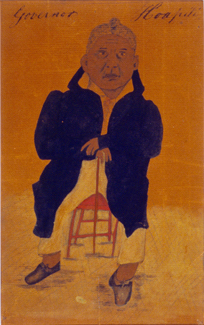
Ulumāheihei Hoapili was a member of the nobility during the formation of the Kingdom of Hawaii. He was a trusted military and political advisor to King Kamehameha I, known as "Kamehameha the Great". Although trusted with one of the last symbolic rites of the Hawaiian religion, he later became a supporter of Christian missionaries.

Jonathan Smith Green was a missionary from New England to the Kingdom of Hawaii.
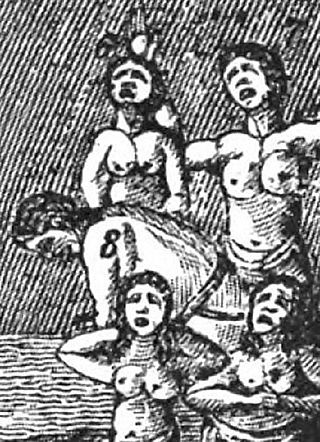
Kaukuna Kahekili, often called Kehikili or Kehikiri in earlier sources, was a Hawaiian high chief during the early period of the Kingdom of Hawaii.

Lahaina Banyan Court Park is a public park in the town of Lahaina, Hawaii, The 1.94 acres (0.79 ha) park, also known as Lahaina Courthouse Square and commonly called Banyan Tree Park, contains multiple heritage sites. Located at the corner of Front Street and Canal Street, it is part of the Lahaina Historic Districts.

Boaz Mahune was a 19th-century politician and civil servant of the Kingdom of Hawaii. He helped contribute to the writing of the 1840 Constitution of the Kingdom of Hawaii and was the author of its preamble the He Olelo Hoakaka, or the Declaration of Rights of 1839.
Zorobabela Kaʻauwai was an early politician and judge in the Kingdom of Hawaii. Beginning as an assistant to the Hoapili, Governor of Maui, he served many political posts including Assistant Judge of the first Supreme Court of Hawaii, an original member of the Board of Commissioners to Quiet Land Titles, a multiple-term representative in the Hawaiian legislature and circuit judge for Maui. An early convert to Christianity and devout adherent of the Protestant faith, his first name is a Hawaiian form of the Biblical name Zerubbabel.

The Lahaina Fort, a historic fort, facing the Lahaina Harbor, was located in Lahaina in Maui, Hawaii, of which the reconstructed part is now seen at the southern corner of the Lahaina Banyan Court Park. Christian Missionaries enforced law to prevent whalers and sailors from creating moral degradation in the town by drinking and debauchery. The embittered whalers and sailors caused rioting several times and tried to harm the missionaries. Following these incidents, the fort was then built at the initiative of Queen Kaʻahumanu (1768–1832) the then regent of Kuhina Nui to quell disturbances to the people of Lahaina from the ship whalers. Ulumāheihei Hoapili (1775–1840), the Governor of Maui got it built in a month. Lahaina Fort was demolished in 1854. However, in 1964, the State Parks Department reconstructed a part of old fort wall in the southwest corner of the park which was the venue for the 1961 feature film, The Devil at 4 O'Clock.

Robert Hoapili Kekaipukaʻala Baker was a Hawaiian ali'i (noble), military officer, courtier, and politician who served many political posts in the Kingdom of Hawaii, including Governor of Maui, Privy Councillor and aide-de-camp to King Kalākaua.


